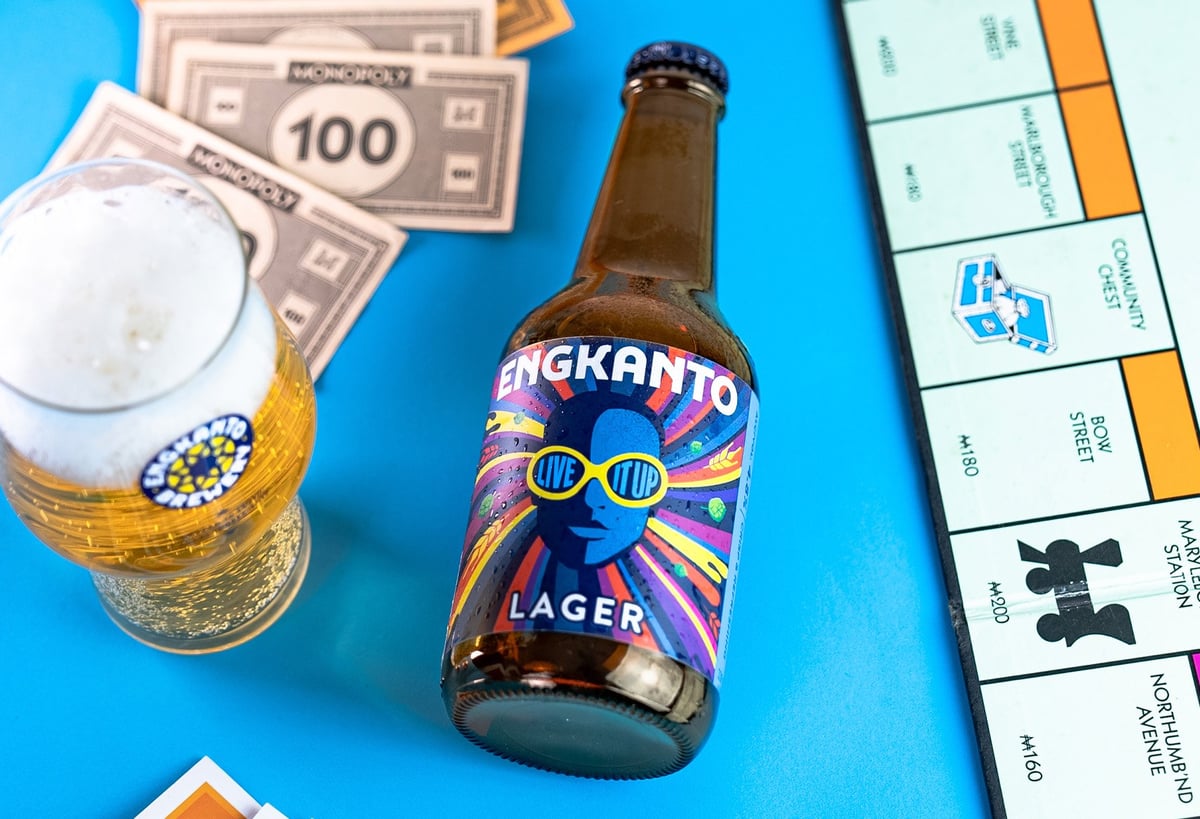We’re Shedding Some Light on ‘Light’ Beers
For the flock of local beer drinkers in the Philippines, ‘light’ quickly calls to mind one particular product by a giant macro brewery. Its widespread use may have already reached the ‘Kodak’ level (locals once popularized the mention of the brand to refer to taking photos).
Whichever television or radio ad you’re thinking about right now, you can stop for a second and appreciate the fact that ‘light’ is a term that has several meanings across different beer-drinking countries and communities. It doesn’t merely refer to one beverage touted by a macro brewery to make it seem there’s less guilt in drinking more.
Much like a catchy song your neighbors play on repeat, the drink we won’t mention here is undeniably popular. Still, craft brewers and enthusiasts have set out to share the exciting aromas and flavors of craft beers. For this reason, local beer drinkers should detach the timeworn use of ‘light’ to just one uninspired, unexciting macro beer and get to know how it’s both enjoyable and complex in craft beers.
First off, a light beer can mean it has a lower alcohol content than a regular beer. Let’s choose a baseline of 5% ABV (Alcohol by Volume) as the standard for what’s regular. Any beer on or below that line can then be considered light. The crisp and refreshing Live It Up Lager at 4.8% ABV and the eccentric Paint Me Purple Ube Lager at 5% ABV come in as great examples.
Another way to say a beer is light is in its flavors. While most lagers that are brewed with light-colored malt tend to give lighter, crisper flavors, some ales can also be considered ‘light’ by most drinkers with their smooth and delicate character. High Hive Honey Ale, an award-winning brew that has light floral honey notes, exemplifies this one, and at an alcohol content of 5.1% ABV, it sits just a dash above the baseline mentioned.
Too conscious of low calories that you prefer a lighter beer? In our core lineup, Live It Up Lager has 135 calories, while High Hive Honey Ale has 145 calories. These are slightly lower than the typical range of 150 calories per serving of a bottle or can. While other beers are in the 95 to 100 range, one can find the aromas and flavors tend to be lower as well.
Next time you’re having beers with friends then, somebody blurts out that ‘light’ beer again, use it as a chance to broaden their beer knowledge. Light work.


